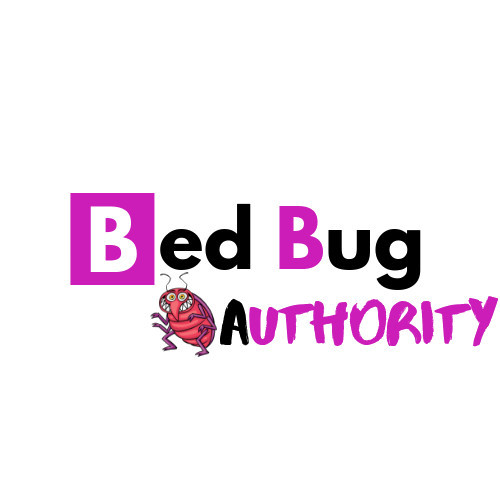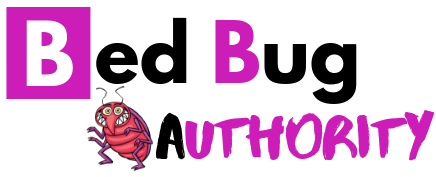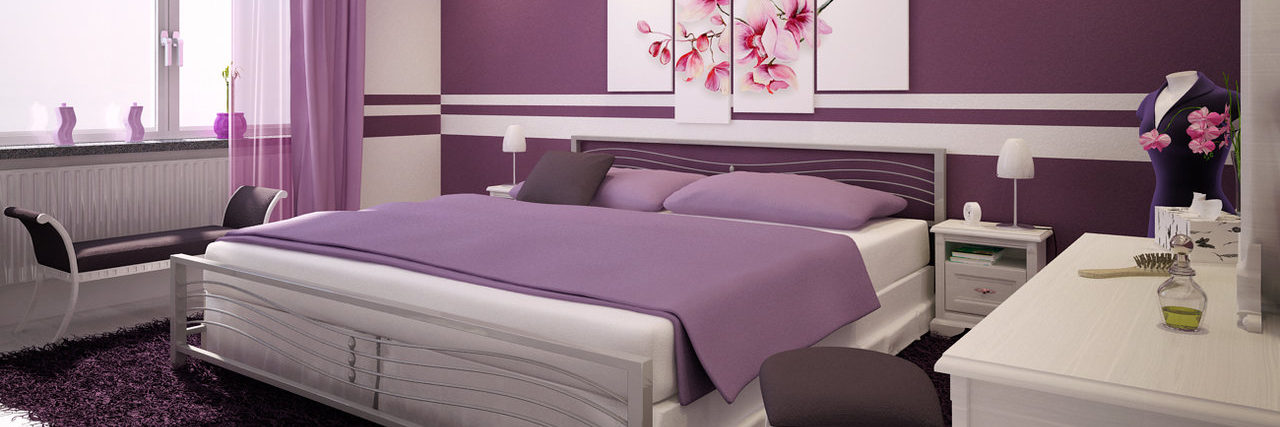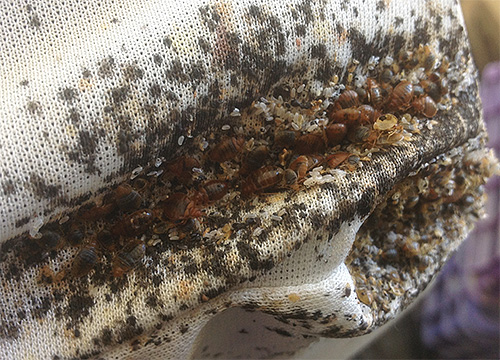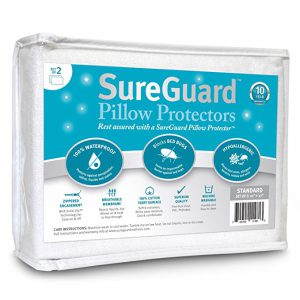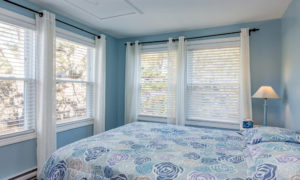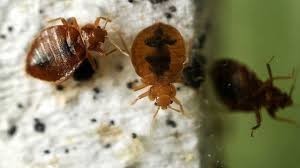One of the most common ways bed bugs are transported from one place to another is within luggage, allowing them to spread far and wide at any place where humans settle. Infestations can become problematic in homes, dormitories, hotels, apartments, and offices alike. Due to their tiny size and propensity to speedily hide within furniture and mattresses, it’s difficult to control bed bug infestation. So, the question is can bed bugs hide in my pillow.
Can Bed Bugs Hide In My Pillows?
Bed bugs are mostly found hiding in crevices and cracks in bedrooms. Pillows and mattresses are their potential habitats. Pillows can also host their eggs, making them a potential point for severe bed bug infestation.
Sometimes infested pillows, comforters, mattresses, mattress covers, and cushioned furniture may show bed bug fecal stains, which are actually their dried excrement. Maturing bed bug nymphs shed or molt their skin during their developmental stages and this skin is sometimes found around the infested material. Bed bugs themselves can be visible if you examine the source closely. You should also check seams of your mattress cover or mattress for these insects.
A possible sign that many bed bugs have infested your pillows may be the appearance of bites. Although some people might not experience any reaction to these bites, but mostly these bites may develop into red-colored bumps within 2-3 days. These bites are also known as wheals or papules, and they mostly appear in a row.
Although bed bugs do not prefer living in human hair or on the skin, this doesn’t mean that they won’t bite you on your forehead, scalp, neck, and cheeks. Bed bug bodies and legs are simply not designed to crawl through human hair. Unlike head lice, they aren’t equipped with claw-like limbs to help them cling onto humans’ hair.
Bed bugs can expertly hide in your hair for days, but they might not stay there for too long. These pesky insects crawl on your scalp and into your hair sucking blood from exposed regions of your skin. They are also least likely to lay eggs and nest in your hair, but this is not entirely impossible. Whichever the case, most people cannot even withstand the idea of bed bugs in their house, leave alone in their hair. If you see any signs of bed bug infestation in your hair, you need to move fast. And there are various ways of getting rid of bed bugs from your hair.
How To Get Rid Of Bed Bugs In Your Hair.
Bed bugs infestation in the hair can be quite an exhausting experience; you will be required to comb and comb some more while undergoing frequent hair washing. Many people have reported significant success by rubbing alcohol together with regular shampooing. Despite all these, there are high chances that some bed bug eggs will be left behind, which is why repeated treatment is important.
If you have beards, you might want to consider shaving, trimming it, or combing thoroughly to remove eggs, nymphs, and nits. Here are some of the specific ways you can get rid of bed bugs from your hair.
• Remove them manually: most cases of bed bug infestation in the hair happen to people who wear infested wigs or hairpieces. If this is your case and gets extreme, you might want to remove such bed bug-infested items to eliminate the eggs.
• Thoroughly wash your hair using hot water: thoroughly combing and washing hair with hot water has been proven successful in the removal of bedbug eggs, nits and nymphs. I recommend that you first wash your hair before washing your body. If possible, just fill your bath tab with as warm water as you can handle and immerse yourself for some minutes; the heat will drive the bugs away and die.
• Alcohol: not the one for drinking, of course; the type used for cleaning outer wounds would do a perfect job. Simply mix the alcohol with water and soak your hair in it for about five minutes. Be sure to smear and massage the same into your scalp around the hair roots. Do repeated washes in about a week until you’re sure all the bugs and their eggs are dead.
• Almond Oil: Almond oil is also great at repelling bedbugs from the hair. You need to thoroughly smear the oil from your scalp to the ends of your hair tips. This should be done regularly for about 3 days to 1 week to effectively get rid of bugs. You can also use apple cedar oil by adding a small amount to your shampoo during your regular shampooing sessions.
If you experience any bed bug bit, you should check your pillows closely. Dark and small spots of bed bug feces are firm indicators of their presence. A musty, sweet scent may also emanate from the infested pillows, sheets or mattresses, as well.
Mostly, over-the-counter sprays are not effective in treating bed bug infestations. Sometimes, laundering at very high temperatures can provide short-term relief, but if bed bugs are there on pillow and on mattress covers, then they are also present within the pillows and mattresses, and elsewhere in the house.
How Can I Protect My Pillows From Bed Bugs?
Infested bed pillows should be immediately washed when you suspect infestation. In normal routine, they should be washed once a year using hot water and high heat cycle to kill bacteria and bed bugs. However, remove pillow protectors and pillowcases before washing them. All pillows of the down alternative or down varieties can be washed. However, you won’t be able to wash garneted polyester pillows.
You can try using a pillow protector for your pillows. They come with a zipper closure mechanism and go over your bed pillow to protect it from daily wear. There are different types of pillow protectors ranging from bed bug resistant covers to high thread count natural cotton covers.
Generally, natural cotton is the best material for pillow protectors because it also allows your pillows to breathe. Sometimes high thread count can block dust mites so there’s no need to pay more for one that says it is dust mite proof. If your house is infested with bed bugs, then you have no option but to invest in covers that are bed bug proof.
When your pillow is properly protected, it can be washed once a year. You can wash your pillows when you do weekly linens or every alternate week. For your protective bedding like feather bed protectors and pillow protectors, you can wash at high temperature and dry at high as well. This can kill most of the bacteria that may accumulate in your sleeping area.
Conclusion
Laundering your pillows and pillowcase may offer temporary relief from bed bugs. Also, bed bugs infest many other locations in your house and cannot be exterminated by your personal efforts. If you suspect bed bug infestation, you should act on it fast and not allow them to multiply which, they can do quickly.
After puncturing the skin on your scalp, they suck your blood for about 2 to 5 minutes and then crawl into hiding. After a few minutes, the bite can turn into a small bump or an itchy welt. You may also notice blood stains on your pillow and sheet.
If you have a serious bed bug infestation in the hair, you might notice a musty, offensive odor. The bites on your scalp will be in straight rows. Bed bug bites will commonly make your scalp sore and raw. You may also get the feeling of something crawling on your scalp from time to time.
Thankfully, with a few pest control measures such as washing your scalp and hair with hot water, alcohol and smearing it with apple cider vinegar can bring the much-needed relief. It’s important to note however that if you spot the bugs in your hair, clothes, or beddings, or you have bed bugs bites on your skin, chances are you have an infestation in your home.
So in addition to treating your hair, you should take a step further and get rid of the bugs from your entire home using bed bug sprays and other means that are shown to work well. Act fast because a bed bug infestation can get very frustrating especially if the infestation becomes extreme.
